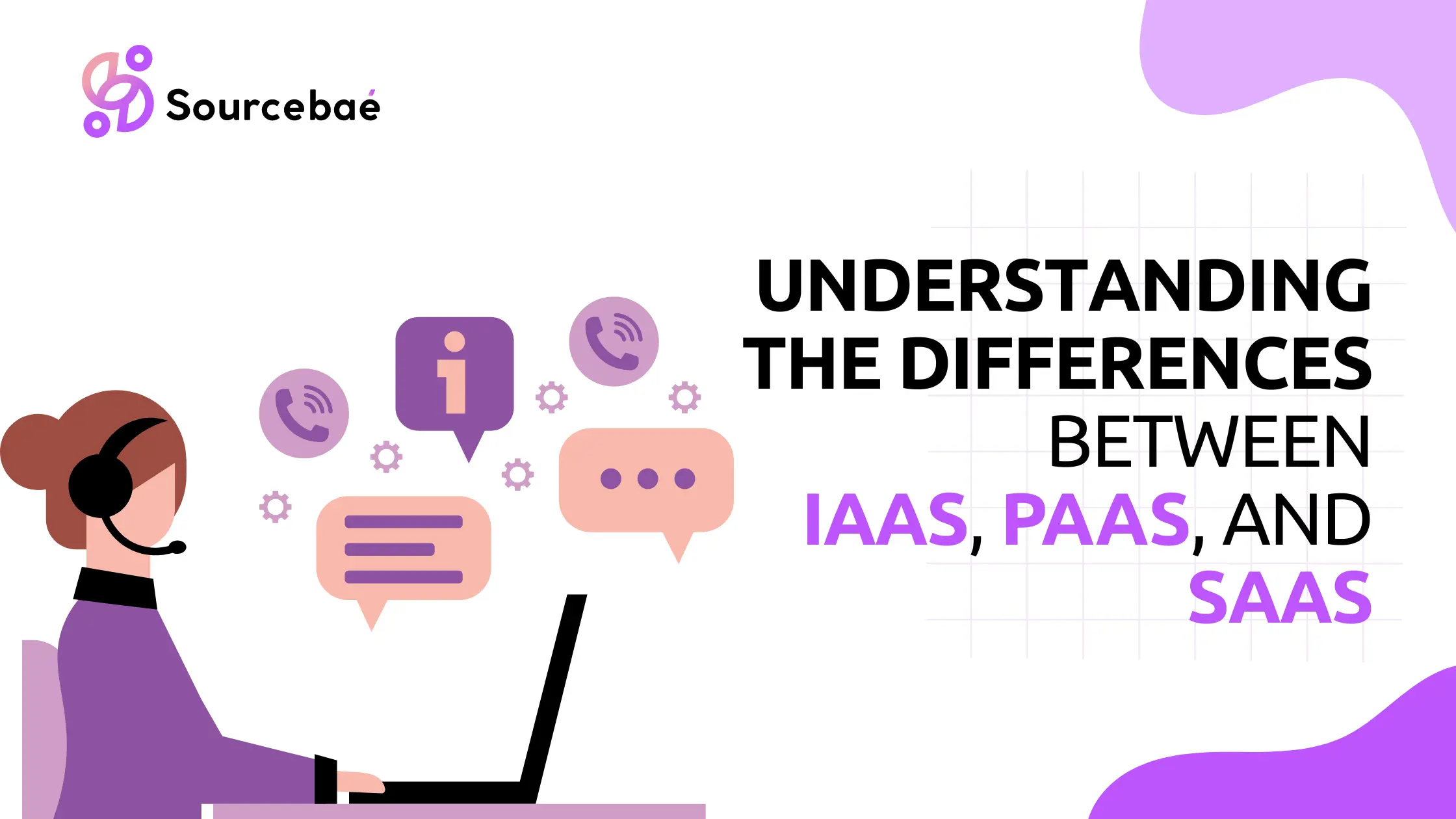The growth of cloud computing has transformed the way businesses operate, and as a result, there are now three primary cloud service models available: Infrastructure as a Service (IaaS), Platform as a Service (PaaS), and Software as a Service (SaaS). Each model offers distinct benefits and is designed to meet different needs. In this blog, we will delve into the key differences between these three cloud computing models.
Infrastructure as a Service (IaaS)
IaaS is the most basic cloud computing service model, providing businesses with access to computing resources such as servers, storage, and networking on a pay-per-use basis. Essentially, IaaS provides a virtual data center in the cloud. With IaaS, businesses can deploy and manage their own software applications, databases, and other solutions in the cloud.
One of the key benefits of IaaS is that it allows businesses to rapidly scale their IT infrastructure as their needs change. It also reduces the need for upfront capital expenditures on hardware and infrastructure, as IaaS providers own and maintain the underlying infrastructure.
Platform as a Service (PaaS)
PaaS is the next level up from IaaS and provides businesses with a complete development and deployment environment in the cloud. With PaaS, businesses can develop, run, and manage their own applications without the need to manage the underlying infrastructure. PaaS provides all the necessary tools and services required to develop, test, deploy, and maintain software applications in the cloud.
The main benefit of PaaS is that it frees developers from the burden of managing infrastructure, allowing them to focus on developing high-quality applications that meet the needs of their customers. Additionally, PaaS providers offer built-in security features, backup and disaster recovery services, and other essential tools that help businesses deploy and manage their applications with ease.
Software as a Service (SaaS)
SaaS is the most advanced cloud computing service model, providing businesses with access to fully functional software applications that are hosted in the cloud. SaaS applications are accessed via a web browser or an API, and businesses pay for access on a subscription basis. With SaaS, businesses can avoid the costs and complexity of buying and managing software licenses and the underlying infrastructure.
SaaS offers the greatest level of flexibility and scalability, as businesses can easily add or remove users and features as their needs change. Additionally, SaaS providers offer automatic updates and upgrades, ensuring that businesses always have access to the latest and most secure version of their software.
Conclusion
In conclusion, each of these cloud computing service models offers unique benefits and is designed to meet different business needs. IaaS provides businesses with the flexibility to manage their own IT infrastructure, while PaaS frees developers from the burden of managing infrastructure and allows them to focus on developing high-quality applications. SaaS provides businesses with fully functional software applications that are hosted in the cloud, offering the greatest level of flexibility and scalability. Ultimately, the choice between these three cloud computing service models will depend on the specific needs and goals of each individual business.
Want to learn more about how to attract top developers to your company? Check out our blog for more tips and tricks.





